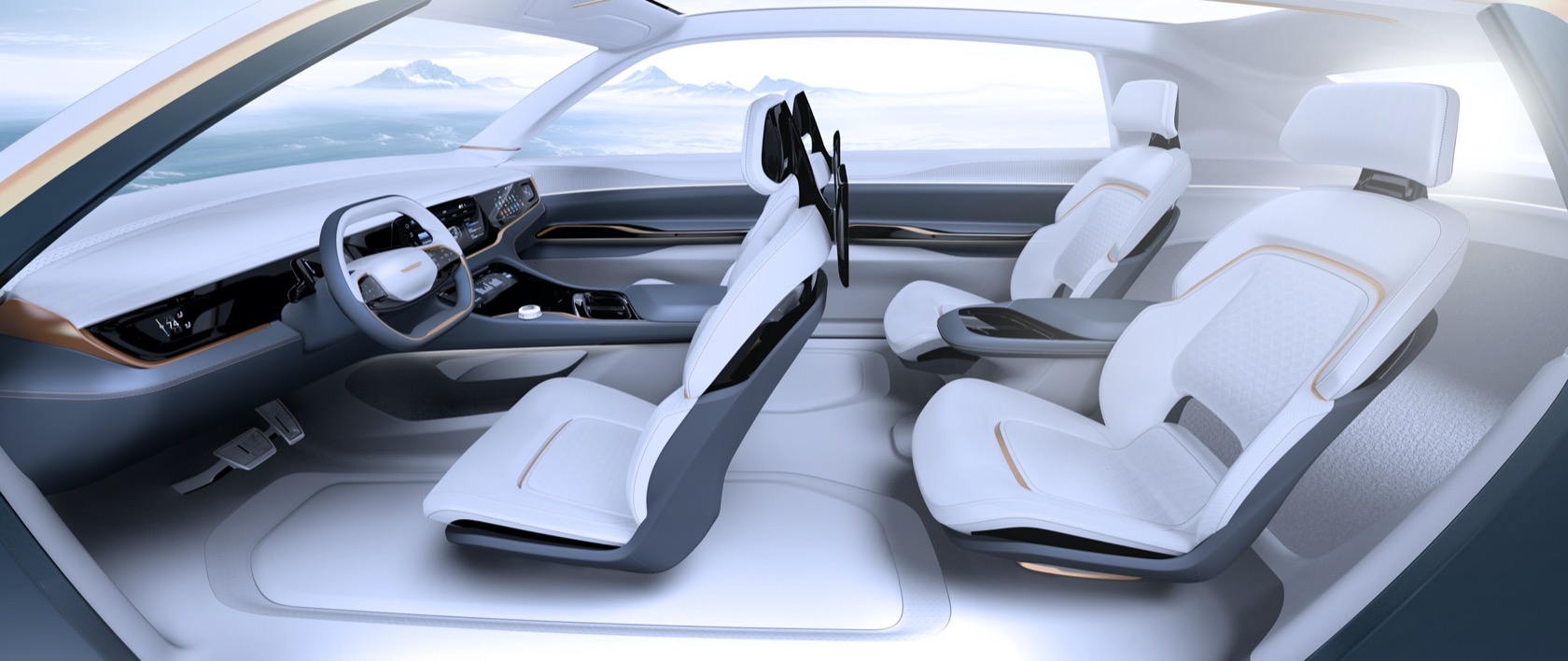
In fact, the Airflow concept embodies some of the same principles of an aerodynamic design, even constructing the vehicle’s underbody to allow for efficient airflow. Other automakers feature similar functions available today, such as Ford’s BlueCruise and General Motors’ Super Cruise.Ĭhrysler first used the Airflow name in the mid-to-late 1930s, and it was an extremely revolutionary automobile for the era with a nameplate reflecting its efficient, streamlined design.

2022 CHRYSLER AIRFLOW DRIVER
This is known as conditional automation, which means that the vehicle may be able to offer hands-free driving in certain situations, but the driver must maintain control of the vehicle if it requests to return command to the human. Chrysler says that the Airflow will have access to STLA (pronounced “stella”) AutoDrive, which boasts up to Level 3 semi-autonomous driving features. Of course, it wouldn’t be a modern car with at least some sort of advanced driver assistance function. In total, the concept vehicle has eight individual screens peppered across the interior, all of which allow some form of customization and play nicely with the cabin’s tech-centric atmosphere.

Even the driver has access to these functions, so long as the car is stationary. Each seat has its own individual screen and passenger-facing camera, making it possible to partake in video conferencing, screen sharing, and gaming on the car’s various personalizable screens. The brand does this by building the car’s modern shell around the so-called STLA SmartCockpit. Indeed, Chrysler’s goal was to make the Airflow feel less like a car and more like a “third space” outside of the home and office-that means setting it up for work, play, or whatever else life throws at it. Appointments are modern, featuring a design language seen in only the most contemporarily-outfitted offices of America’s top tech companies. Inside of the car is a space filled with bright white leather and contrastingly dark trim. To better understand where Chrysler is putting its development efforts, open one of the four doors and peer into the upscale interior. However, it’s not what’s under the hood or molded along the outside where the real magic of the Airflow begins. That range alone is fairly impressive thanks to the large battery pack, topping the Tesla Model Y, Ford Mustang Mach-E, and many other electric crossovers currently on the market. These two 150-kilowatt motors produce a combined output just a hair over 400 horsepower, and when paired with its large 118-kilowatt-hour battery pack, Chrysler says the EV has an estimated range of around 400 miles. Under its sharply designed exterior sits an electric motor at the front and rear. It would be almost impossible to tell that the Airflow is an electric vehicle if it weren’t for the front-mounted charging door and lack of tailpipes. It has modern lines sculpted into the bodywork, oversized wheels, and illuminated elements along the exterior to accentuate the premium feel of the brand. The Airflow concept, which exists in physical form despite being a car that may or may not come to market, looks like any other present-day crossover. A full-on battery-powered crossover like the Airflow concept is a huge step away from the automaker’s comfort zone, and from what they’ve previewed so far, it looks to be surprisingly well executed.

Under the direction of its parent brand, Stellantis, Chrysler joins siblings like Dodge and Jeep to build its foundation as an all-electric brand. That’s about to change.Īt this year’s Consumer Electronic Show, on January 5, Chrysler joined its automotive colleagues by showing off the Airflow, a passenger-centric concept vehicle that previews the Detroit-brand’s upcoming battery-electric future. Then there’s Chrysler, a brand whose electrification options are limited to a single vehicle in its product line: the Pacifica Hybrid minivan. Even offroad-focused brands like Jeep have electrification projects up its sleeve. By now, most Americans have heard of electric vehicles such as the Chevy Bolt, Ford Mustang Mach-E, GMC Hummer EV, Hyundai Ioniq 5, Rivian R1T, and more.


 0 kommentar(er)
0 kommentar(er)
